Denmark, a Scandinavian nation known for its design, happiness, and rich history, holds a unique place in Northern Europe. But where do Danish people actually come from? Delving into the past reveals a fascinating journey through time, shaped by Vikings,migrations, and a strong sense of national identity. Understanding the origins of the Danish people provides context to events like the remarkable rescue of Danish Jews during World War II, a testament to the values and character forged over centuries.
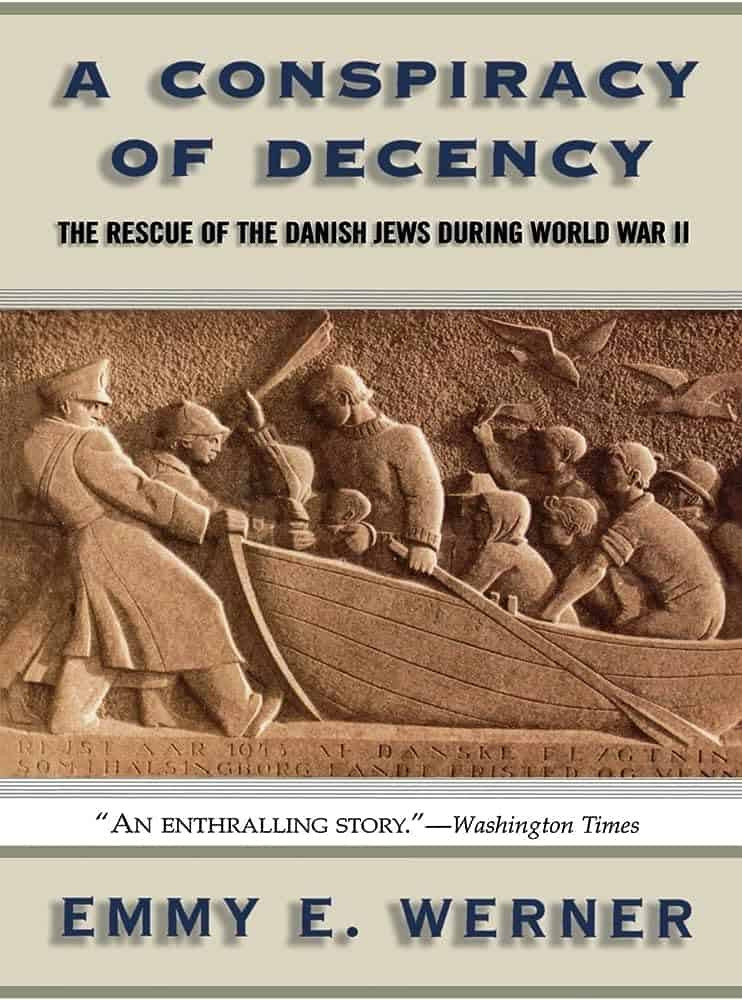 A Conspiracy of Decency- The Rescue of the Danish Jews During World War II
A Conspiracy of Decency- The Rescue of the Danish Jews During World War II
To understand where Danish people are from, we must journey back to ancient times. The area now known as Denmark has been inhabited for millennia. Archaeological evidence suggests human presence dating back to the Stone Age. However, the ethnic origins of modern Danes are most strongly linked to the Norse and Germanic tribes who settled in Scandinavia during the Nordic Bronze Age and the Pre-Roman Iron Age.
The Viking Age: Forging a Danish Identity
The Viking Age, spanning roughly from the late 8th to the mid-11th century, is arguably the most defining period in the formation of Danish identity. Danish Vikings, along with their Scandinavian counterparts from Norway and Sweden, were renowned seafarers, explorers, traders, and warriors. They embarked on voyages that extended from North America to Russia and the Mediterranean.
During this era, Denmark emerged as a unified kingdom. Kings like Gorm the Old and Harald Bluetooth consolidated power and expanded their territories. The Jelling Stones, impressive runestones dating back to the 10th century, stand as testament to the rise of the Danish kingdom and the transition from Norse paganism to Christianity. These stones, inscribed by Harald Bluetooth, are often referred to as Denmark’s birth certificate.
The Viking legacy is deeply embedded in Danish culture and heritage. Words in the Danish language, place names, and historical sites all echo the Viking past. This period instilled in the Danish people a spirit of adventure, resilience, and independence.
From Kingdom to Modern Nation
Following the Viking Age, Denmark continued to evolve as a kingdom, playing a significant role in regional politics and conflicts. The Kalmar Union in the late Middle Ages saw Denmark united with Norway and Sweden under a single monarch, though this union eventually dissolved.
Over the centuries, Denmark experienced periods of expansion and contraction, wars and peace, and societal transformations. The Reformation in the 16th century brought Protestantism to Denmark, further shaping its cultural and religious landscape. The Age of Enlightenment and the rise of nationalism in the 19th century contributed to the development of a modern Danish national identity, emphasizing shared language, culture, and history.
The Danish Character: Shaped by History and Values
The historical journey of the Danish people has shaped their national character. Known for their pragmatism, egalitarianism, and strong sense of community, Danes often emphasize values like hygge (coziness and contentment), social welfare, and consensus-building.
This character was powerfully demonstrated during World War II. Despite being occupied by Nazi Germany, the Danish people displayed remarkable courage and unity in resisting oppression. As highlighted in books like A Conspiracy of Decency: The Rescue of the Danish Jews During World War II, ordinary Danish citizens, government officials, and resistance fighters collaborated to save the vast majority of Danish Jews from the Holocaust.
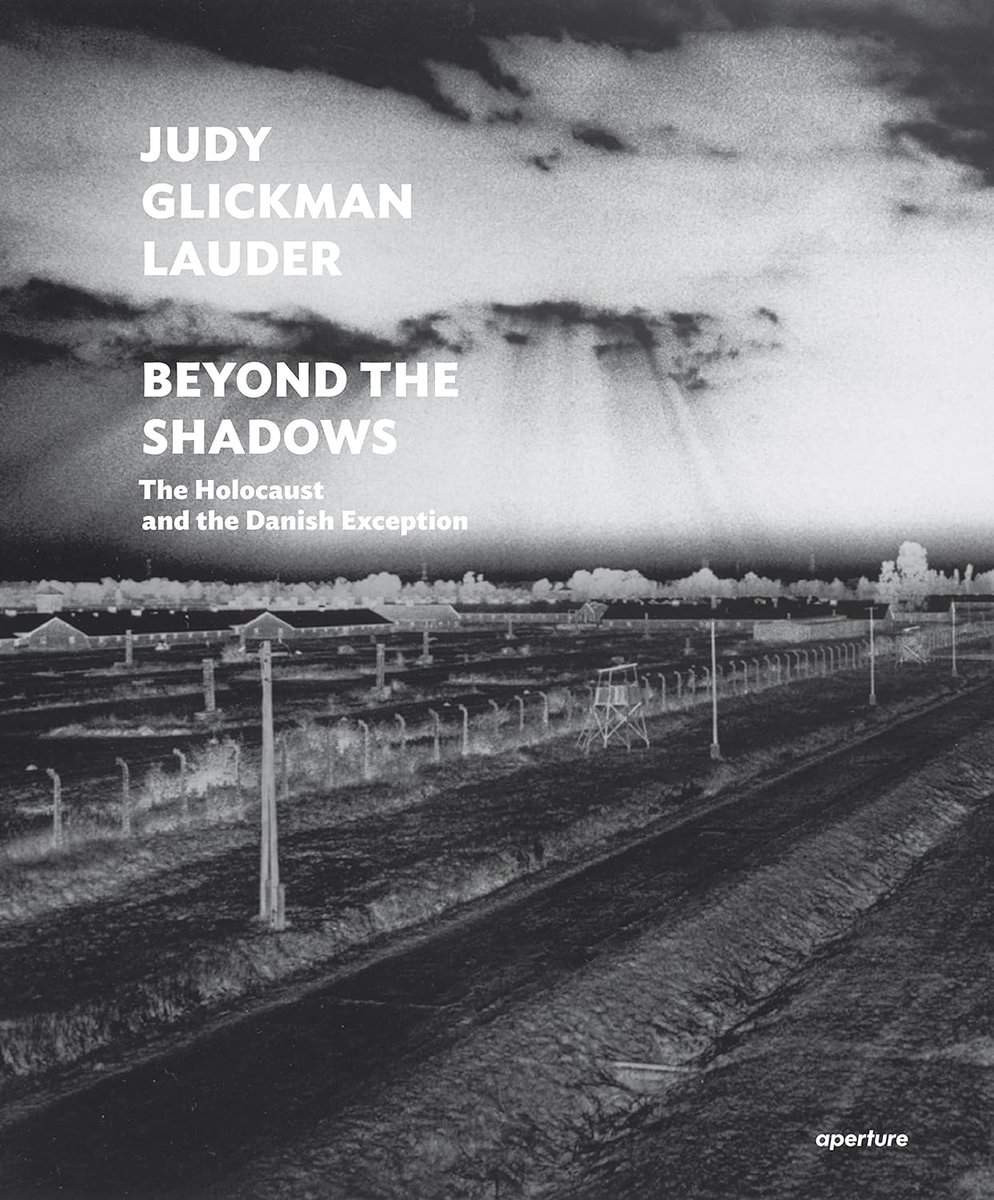 Beyond the Shadows- the Holocaust and the Danish Exception – Glickman Lauder
Beyond the Shadows- the Holocaust and the Danish Exception – Glickman Lauder
Books such as Beyond the Shadows: The Holocaust and the Danish Exception and Countrymen delve deeper into this extraordinary event, exploring the factors that enabled Denmark to stand apart during this dark period. These narratives showcase the deep-seated Danish values of decency, solidarity, and moral courage, values that are arguably rooted in their long and formative history.
Catherine’s War, while set in France, reminds us of the broader context of WWII and the challenges faced by Jewish people across Europe. It underscores the importance of empathy and action in the face of persecution, values that resonated strongly within the Danish rescue efforts.
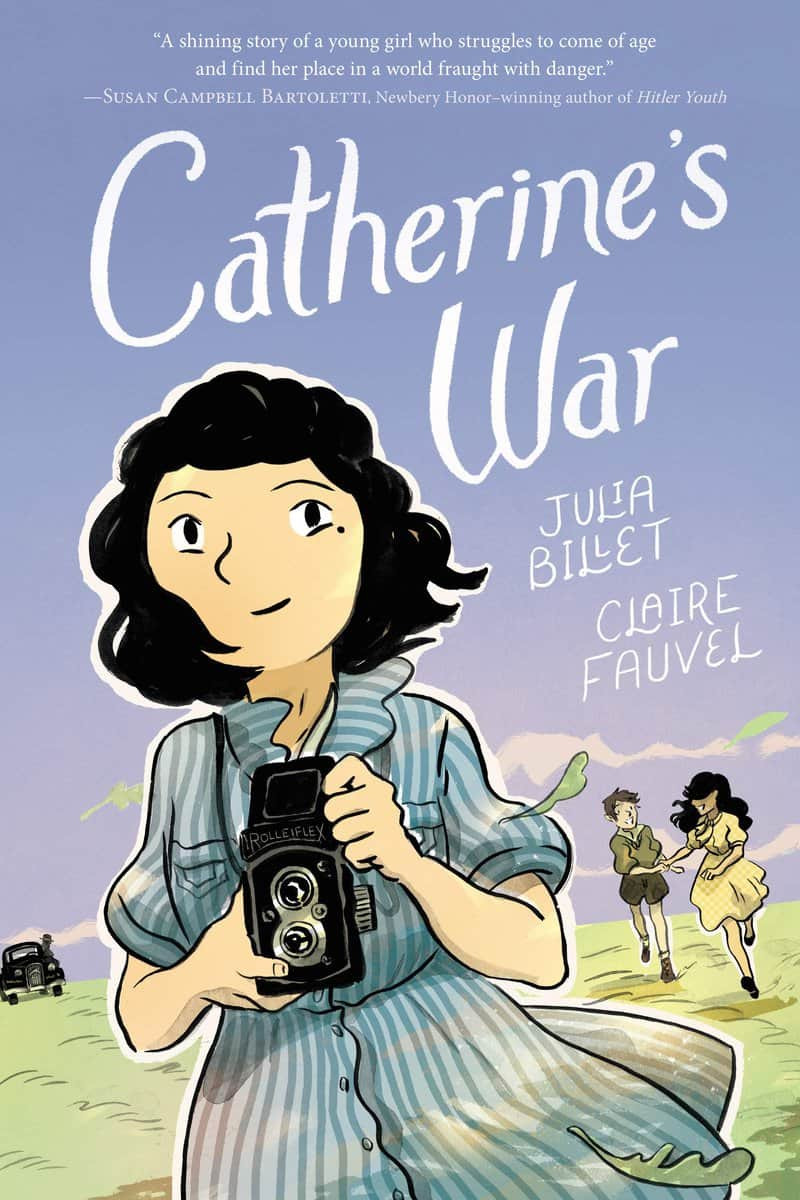 Catherine
Catherine
Countryman further illuminates the bravery of the Danish people and the crucial roles played by both ordinary citizens and unexpected figures in the rescue operation. It emphasizes the collective action that defined Denmark’s response to the Holocaust.
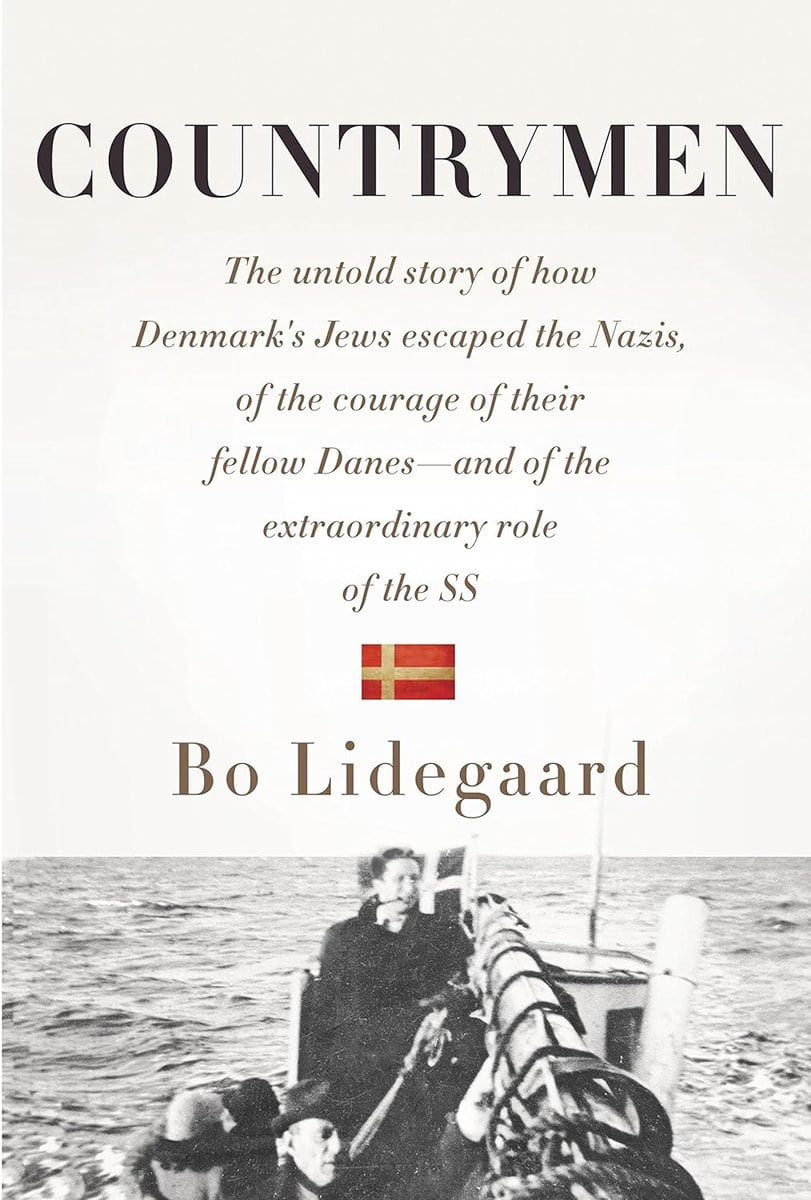 Countrymen book cover, featuring a historical scene, representing the Danish people’s courageous actions and unity during World War II.
Countrymen book cover, featuring a historical scene, representing the Danish people’s courageous actions and unity during World War II.
Harboring Hope: The True Story of How Henny Sinding Helped Denmark’s Jews Escape the Nazis and Henny’s Boat: The Maritime Rescue Operation that Saved Denmark’s Jews and Sparked a Nationwide Revolt Against the Nazis focus on individual stories of heroism within the larger rescue operation. These books highlight the critical contributions of individuals like Henny Sinding and the daring maritime efforts that were essential to saving lives.
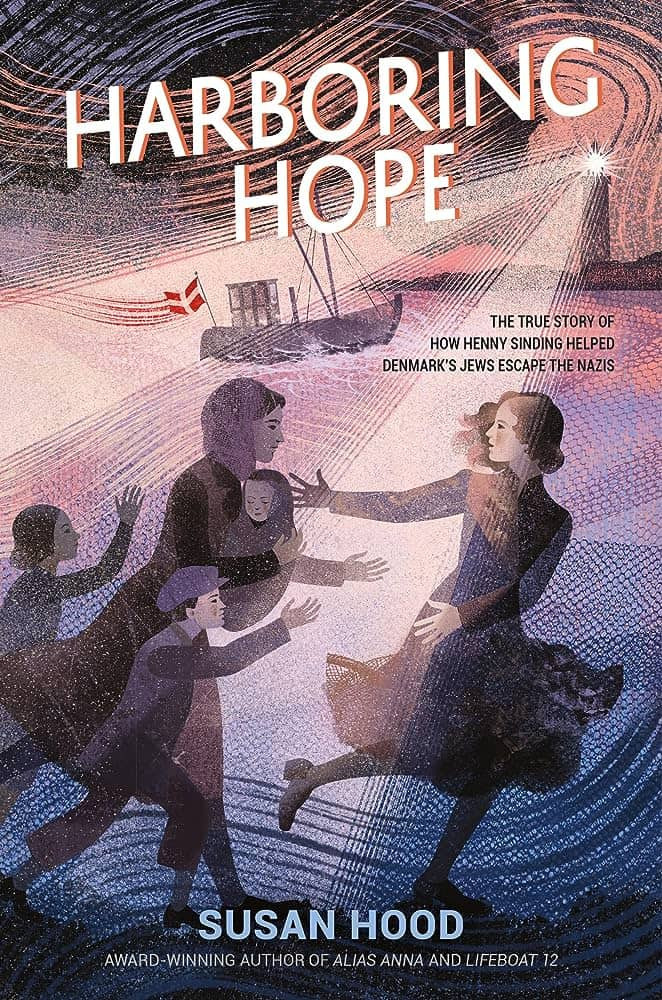 Harboring Hope- The True Story of How Henny Sinding Helped Denmark
Harboring Hope- The True Story of How Henny Sinding Helped Denmark
 Henny
Henny
For younger readers, Hidden: A Child’s Story of the Holocaust, I Will Come Back for You, Jars of Hope: How One Woman Helped Save 2,500 Children During the Holocaust, Little People, Big Dreams: Anne Frank, Number the Stars, Star of Fear, Star of Hope, and The Whispering Town offer age-appropriate introductions to the Holocaust and stories of resilience and hope. While not all specifically focused on Denmark, they provide valuable context and underscore the universal themes of courage and compassion relevant to the Danish rescue story.
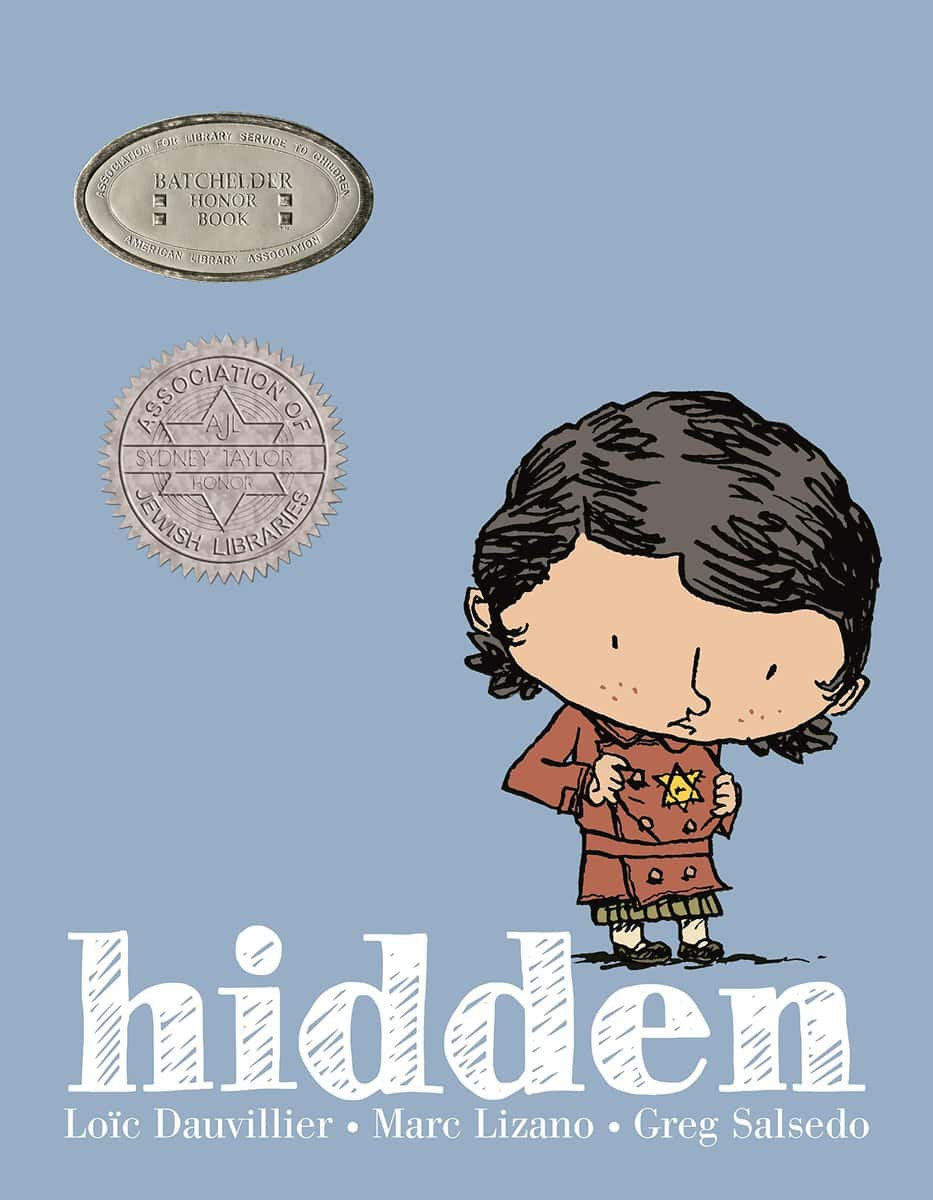 Hidden: A Child’s Story of the Holocaust book cover, a graphic novel style illustration depicting a child in hiding, representing the experiences of Jewish children during the Holocaust.
Hidden: A Child’s Story of the Holocaust book cover, a graphic novel style illustration depicting a child in hiding, representing the experiences of Jewish children during the Holocaust.
Hour of Need: The Daring Escape of the Danish Jews during World War II and Impossible Escape: A True Story of Survival and Heroism in Nazi Europe provide broader perspectives on the escape efforts during the war, with Hour of Need specifically focusing on the Danish case.
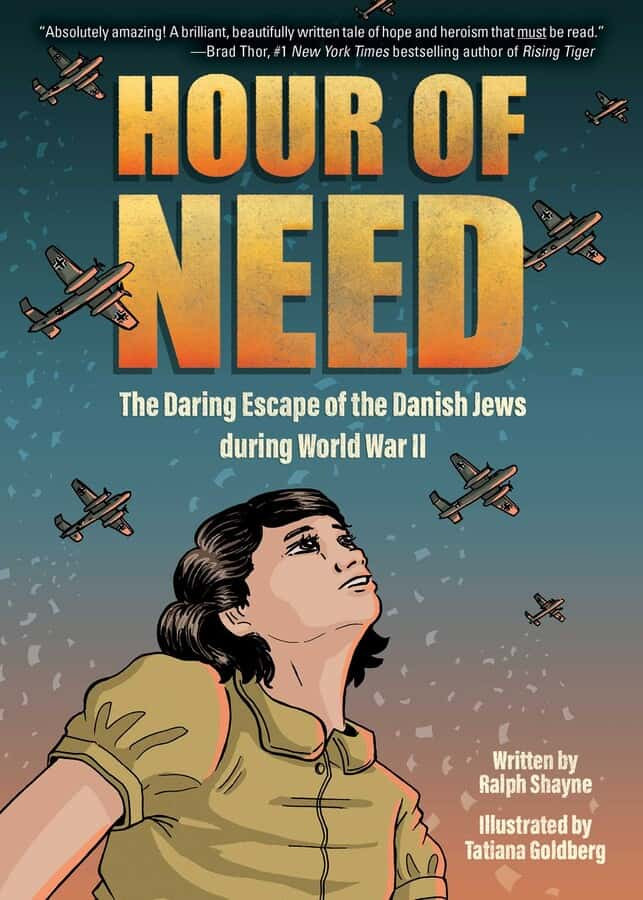 Hour of Need book cover, showing a dramatic scene suggesting escape and urgency, symbolizing the daring rescue of Danish Jews during World War II.
Hour of Need book cover, showing a dramatic scene suggesting escape and urgency, symbolizing the daring rescue of Danish Jews during World War II.
 Impossible Escape- A True Story of Survival and Heroism in Nazi Europe
Impossible Escape- A True Story of Survival and Heroism in Nazi Europe
In Denmark It Could Not Happen: The Flight of the Jews to Sweden in 1943 and Nothing to Speak of: Wartime Experiences of the Danish Jews 1943-1945 offer more academic and historical analyses of the Danish rescue, examining the specific circumstances and experiences of the Danish Jewish community during the war.
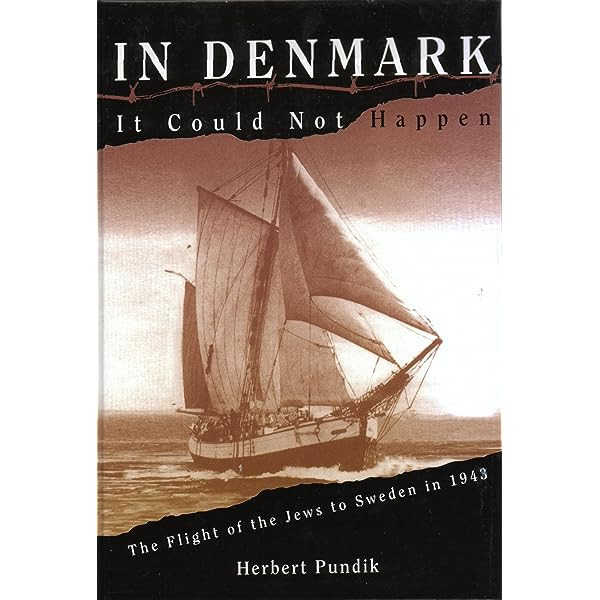 In Denmark It Could Not Happen book cover, a historical image suggesting the flight to Sweden, directly referencing the Danish rescue during 1943.
In Denmark It Could Not Happen book cover, a historical image suggesting the flight to Sweden, directly referencing the Danish rescue during 1943.
 Nothing to Speak of: Wartime Experiences of the Danish Jews
Nothing to Speak of: Wartime Experiences of the Danish Jews
Resistance, The Book Thief (Anniversary Edition), The Christmas Menorahs: How a Town Fought Hate, The Jews of Denmark in the Holocaust: Life and Death in the Theresienstadt Ghetto, The Rescue of Danish Jewry: Test of a Democracy, The Rescue of the Danish Jews: Moral Courage Under Stress, and The Yellow Star: The Legend of King Christian X of Denmark further explore themes of resistance, moral courage, and the specific experiences of Jewish people during the Holocaust, including the Danish case and its broader implications.
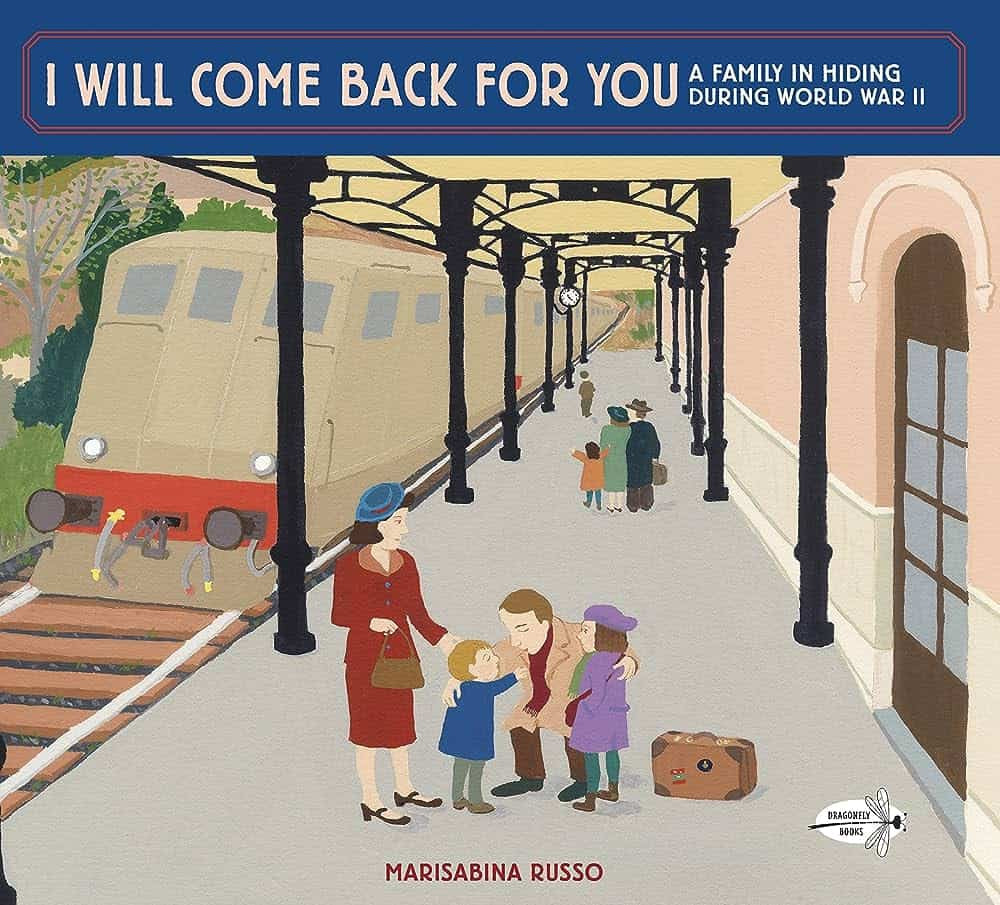 I Will Come Back for You
I Will Come Back for You
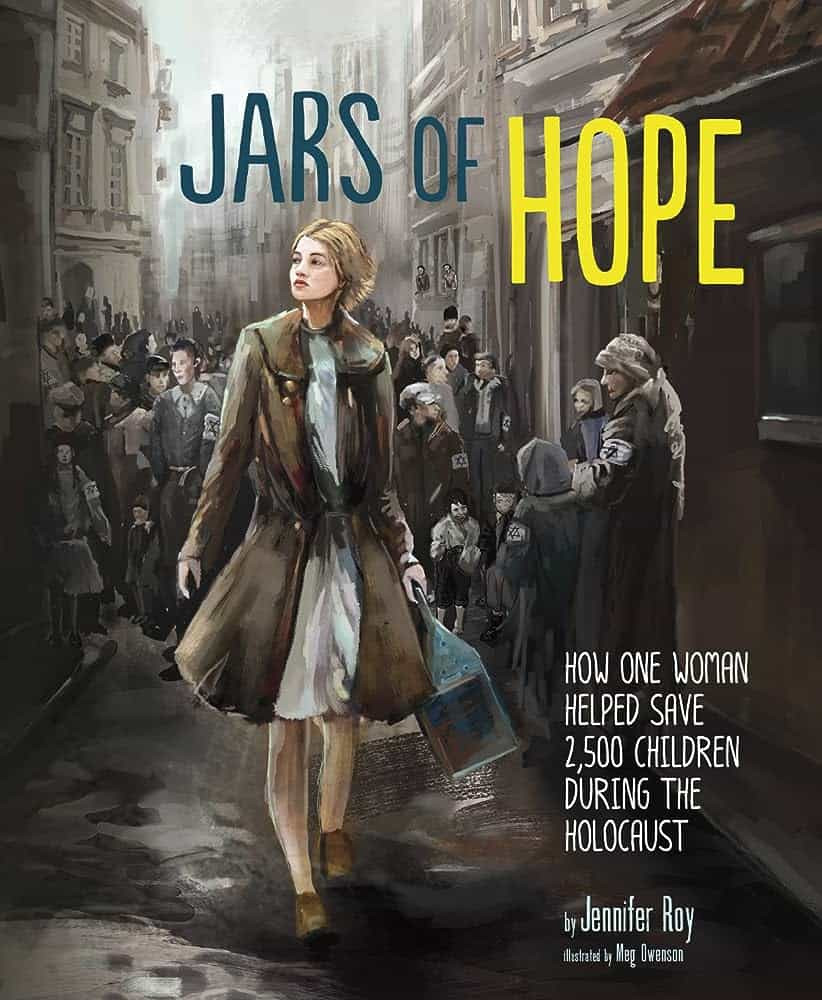 Jars of Hope- How One Woman Helped Save 2,500 Children During the Holocaust
Jars of Hope- How One Woman Helped Save 2,500 Children During the Holocaust
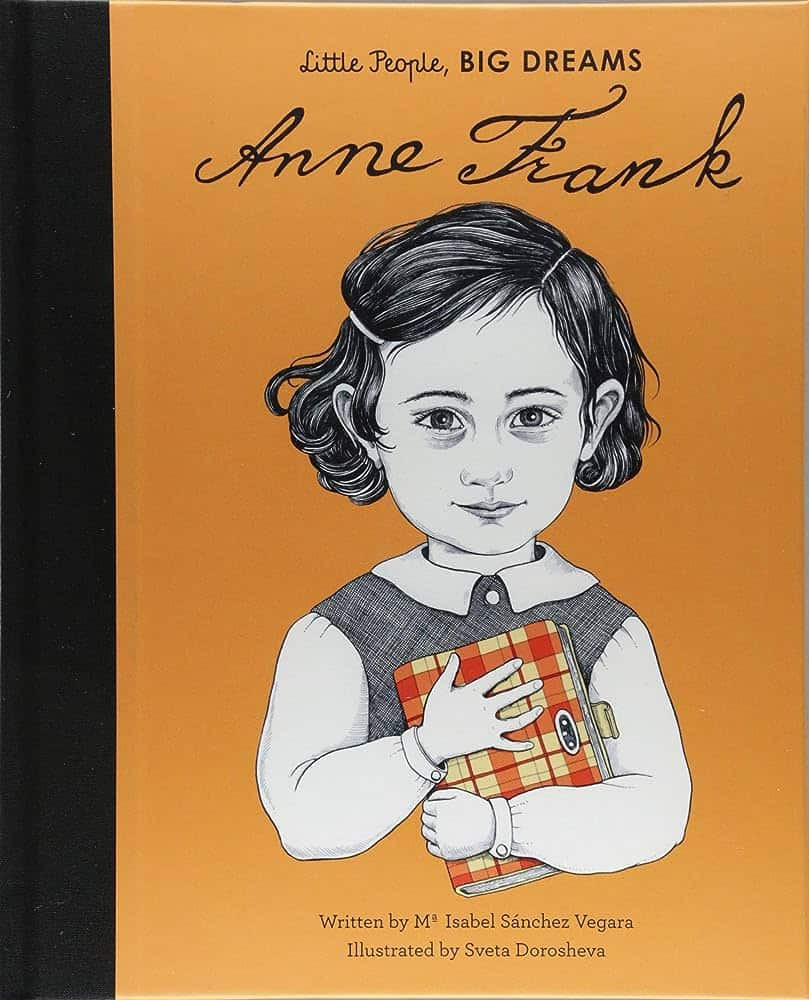 Little People, Big Dreams- Anne Frank
Little People, Big Dreams- Anne Frank
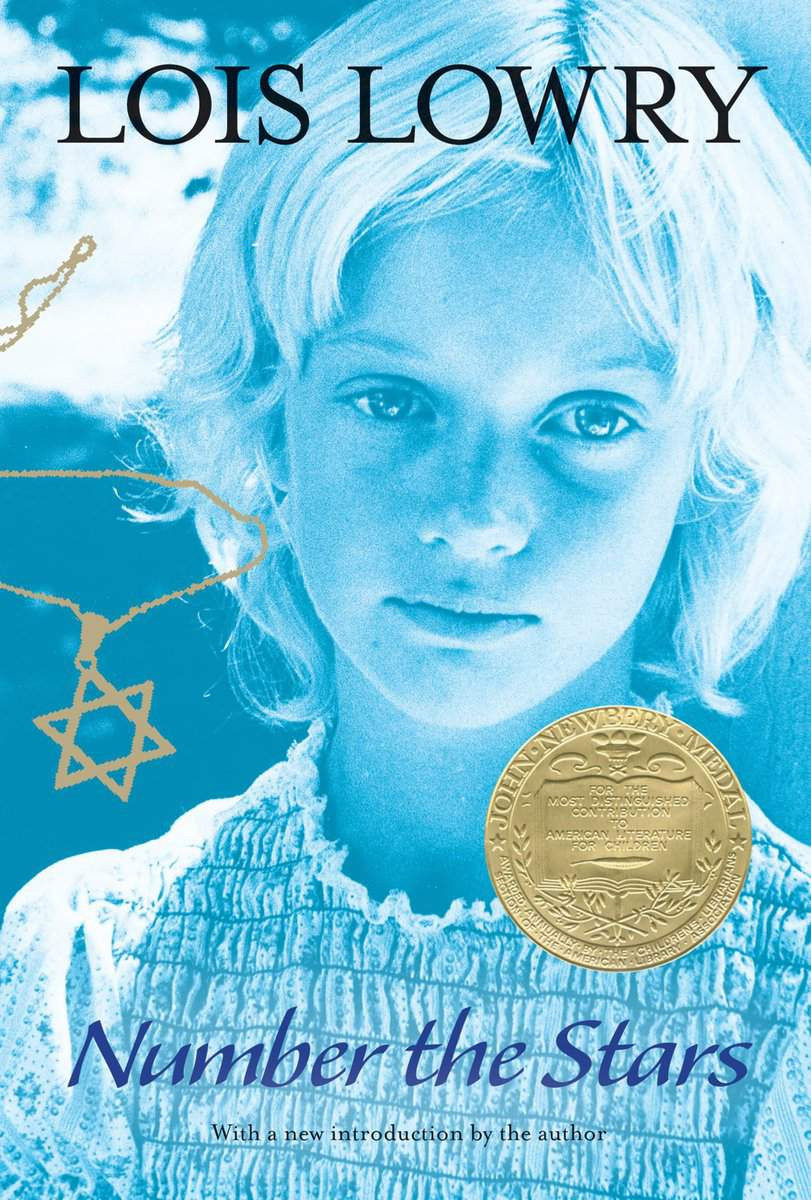 Number the Stars Lois Lowry
Number the Stars Lois Lowry
 Resistance
Resistance
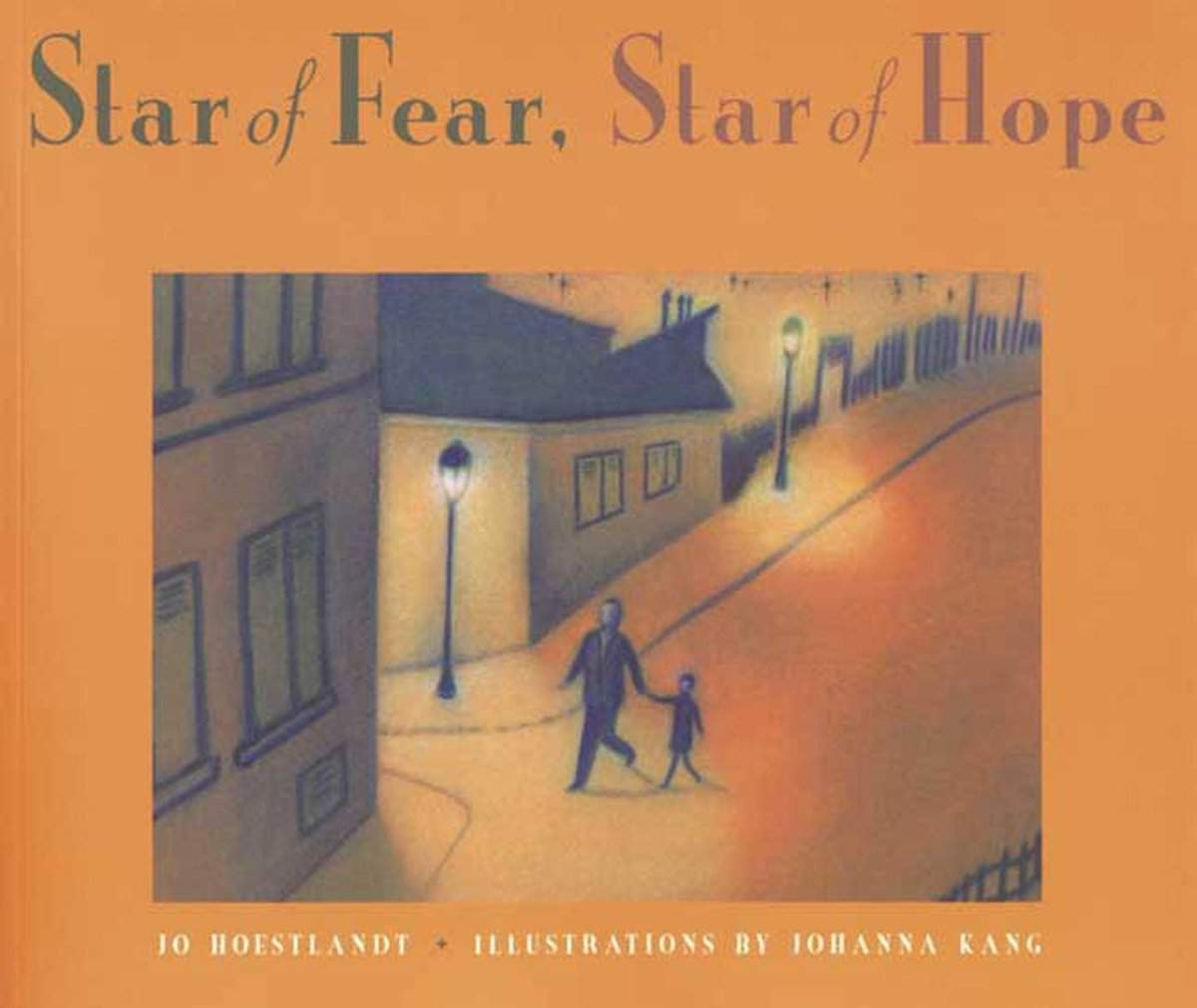 Star of Fear, Star of Hope
Star of Fear, Star of Hope
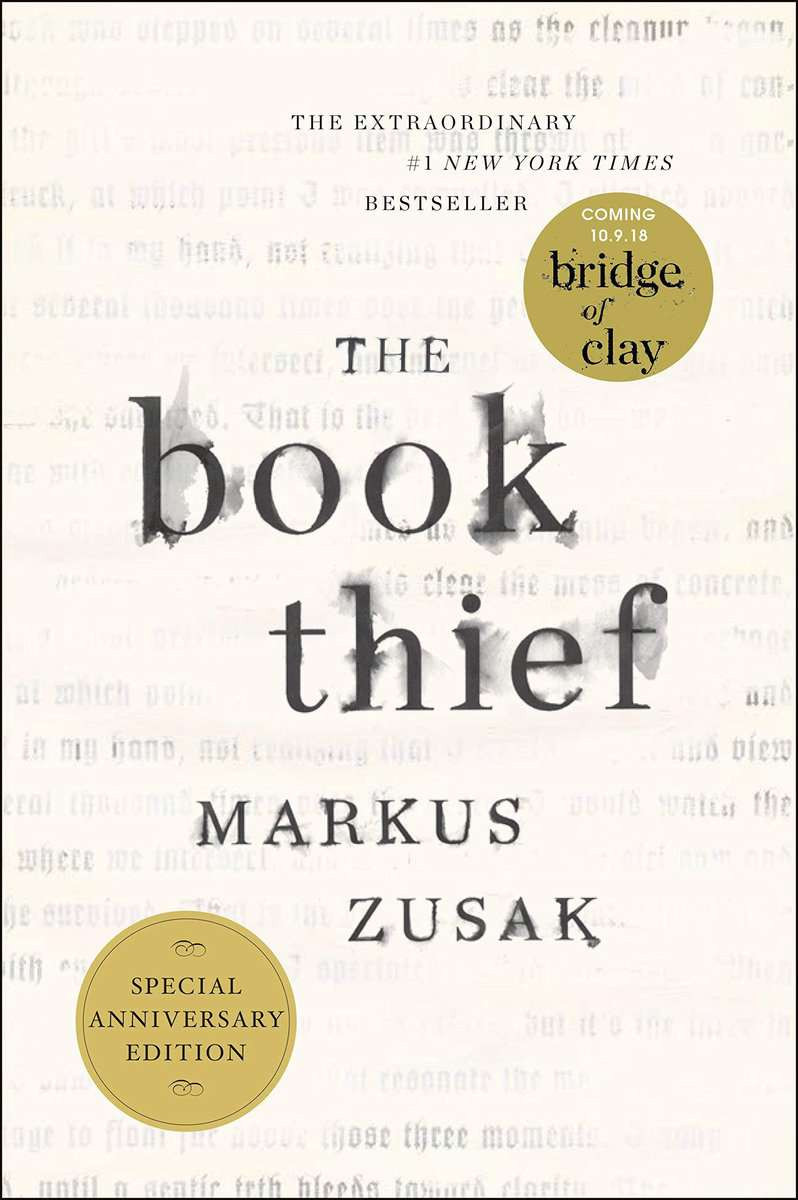 The Book Thief (Anniversary Edition)
The Book Thief (Anniversary Edition)
 The Christmas Menorahs book cover, showing a menorah in a window, symbolizing the story of community solidarity against antisemitism inspired by Danish events.
The Christmas Menorahs book cover, showing a menorah in a window, symbolizing the story of community solidarity against antisemitism inspired by Danish events.
 The Jews of Denmark in the Holocaust- Life and Death in the Theresienstadt Ghetto
The Jews of Denmark in the Holocaust- Life and Death in the Theresienstadt Ghetto
 The Rescue of Danish Jewry- Test of a Democracy
The Rescue of Danish Jewry- Test of a Democracy
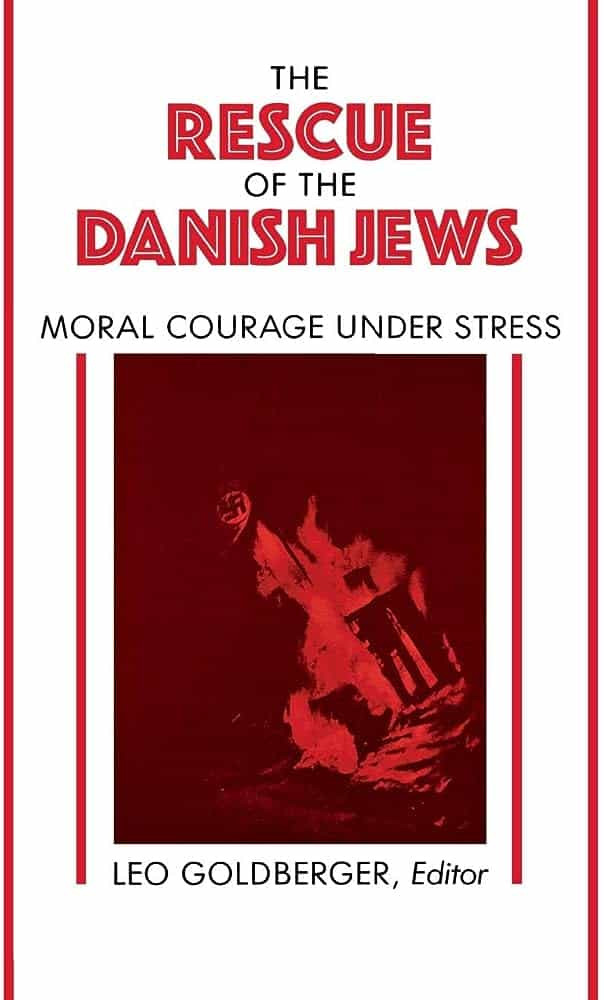 The Rescue of the Danish Jews- Moral Courage Under Stress
The Rescue of the Danish Jews- Moral Courage Under Stress
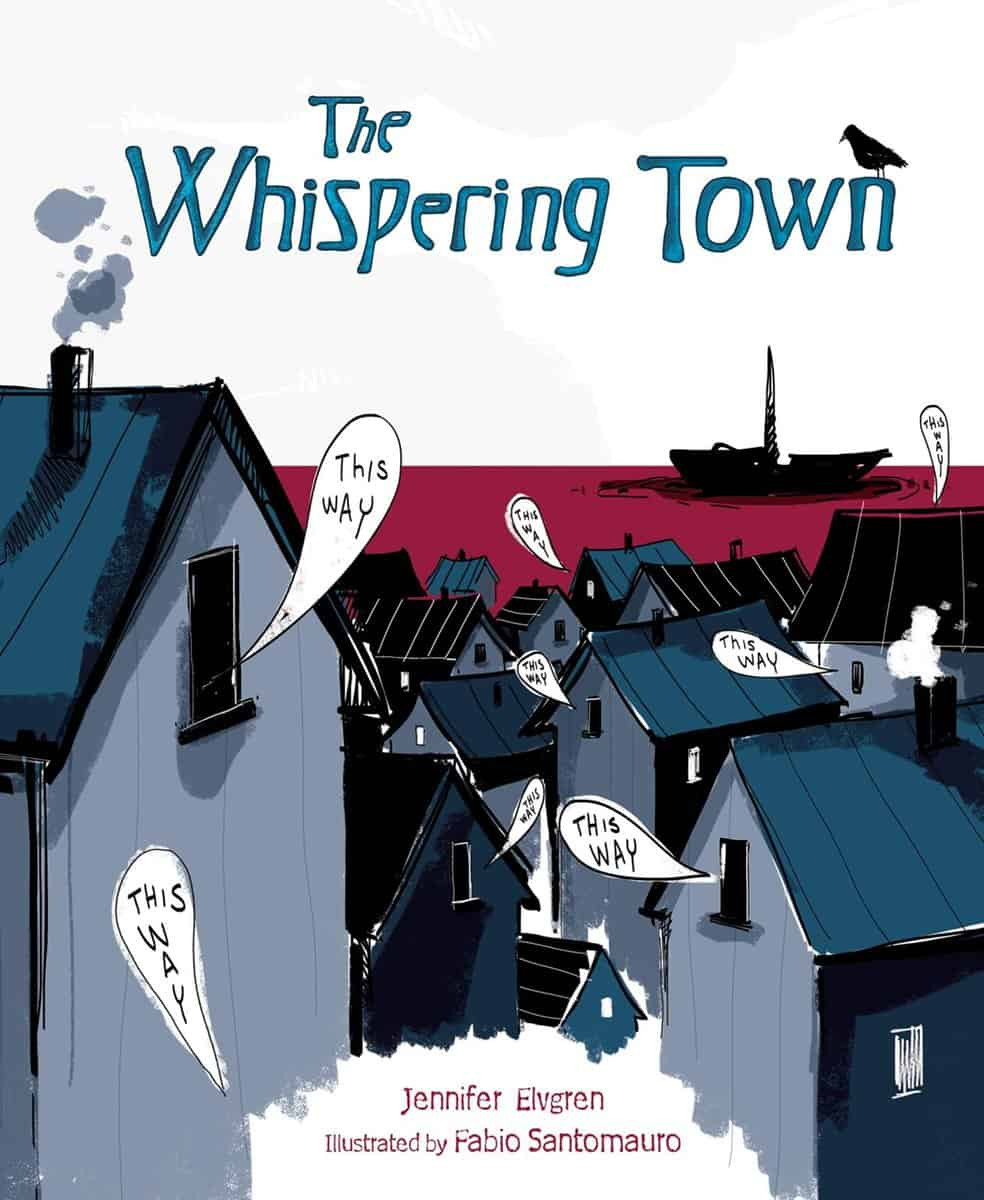 The Whispering Town
The Whispering Town
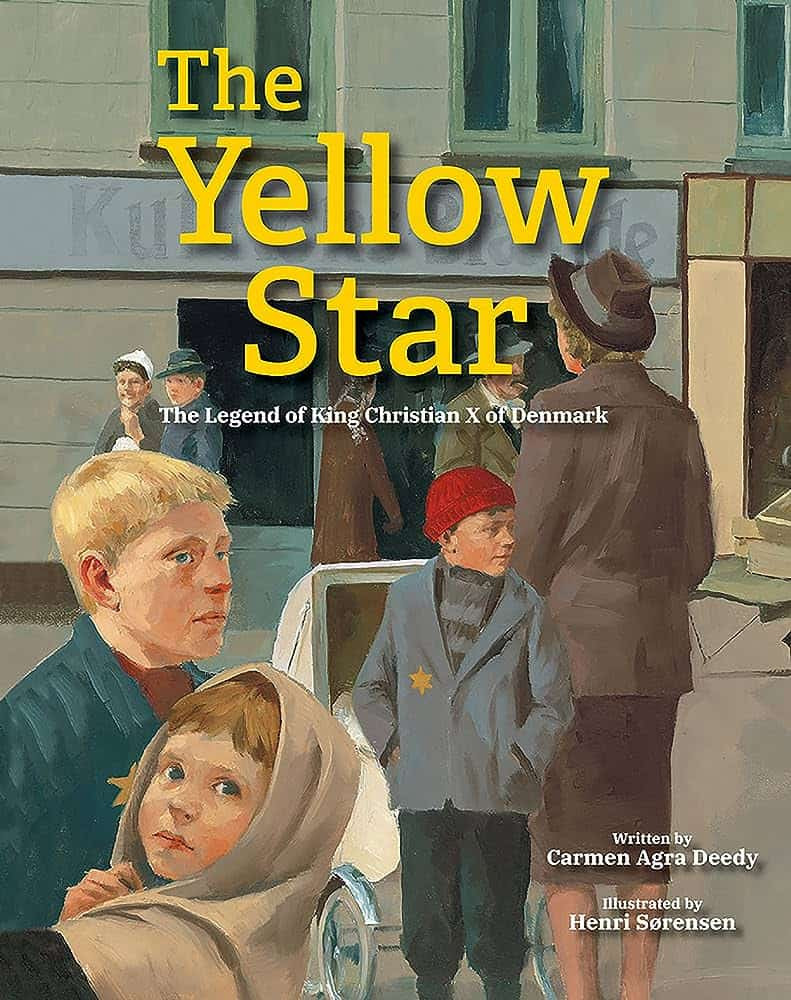 The Yellow Star- The Legend of King Christian X of Denmark
The Yellow Star- The Legend of King Christian X of Denmark
Conclusion: A Legacy of Courage and Humanity
The Danish people’s origins are rooted in the ancient Norse and Germanic tribes, shaped significantly by the Viking Age, and evolved through centuries of kingdom-building and nation-state development. Their history has forged a unique national character marked by resilience, pragmatism, and a strong sense of community.
The remarkable story of the rescue of Danish Jews during World War II is not just an isolated event, but rather a powerful manifestation of these deeply ingrained values. It showcases the enduring spirit of the Danish people, a spirit that continues to define Denmark and its place in the world today. Exploring the books highlighted here offers a deeper understanding of this historical event and the character of the people from Denmark.

